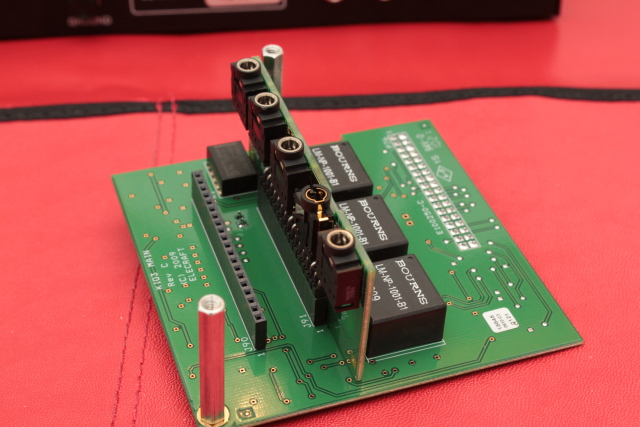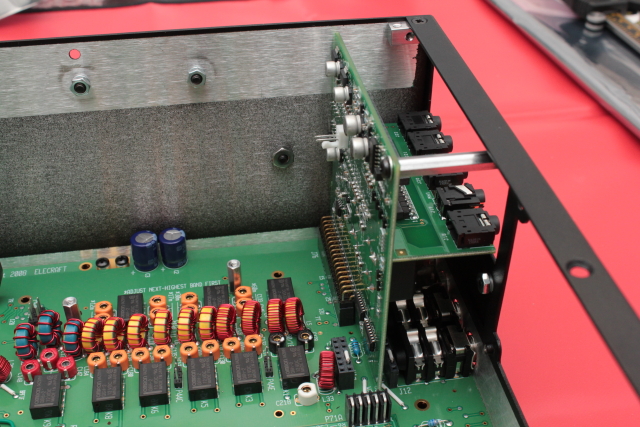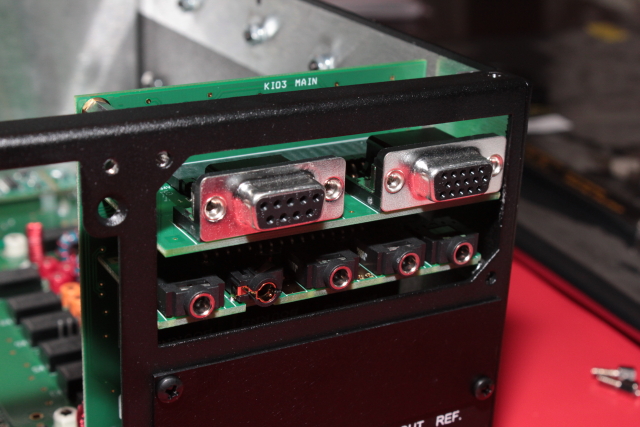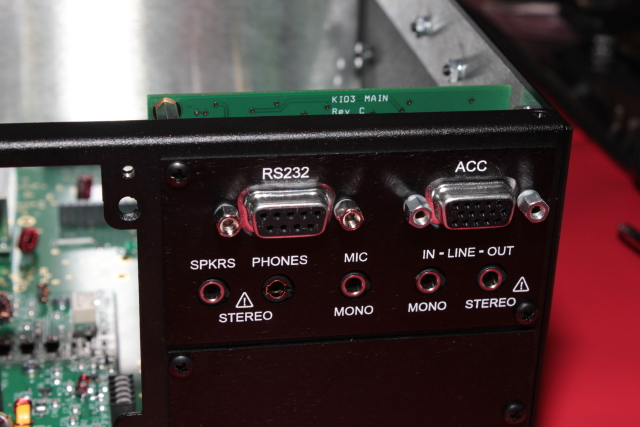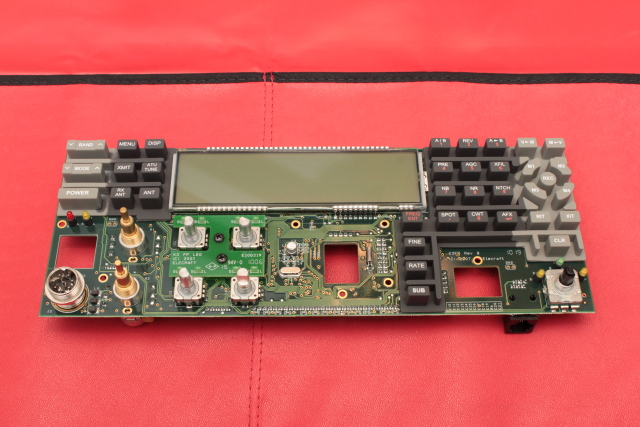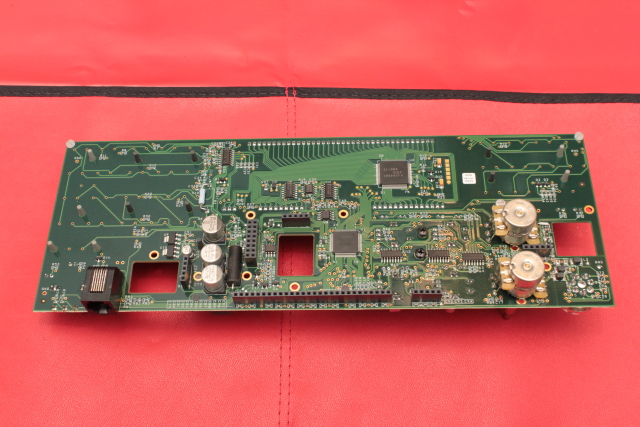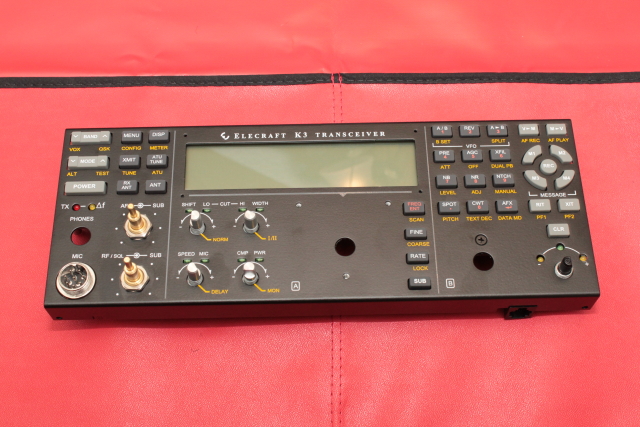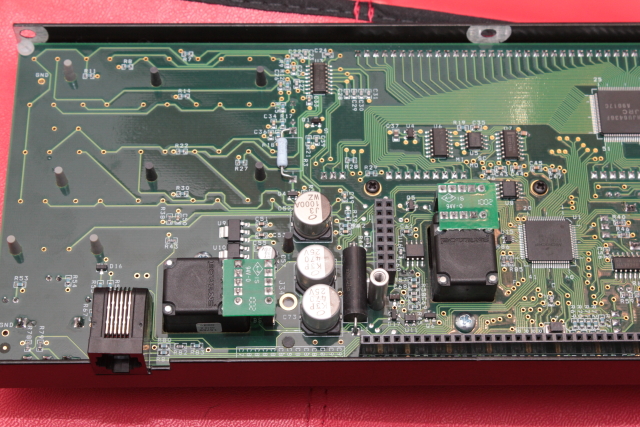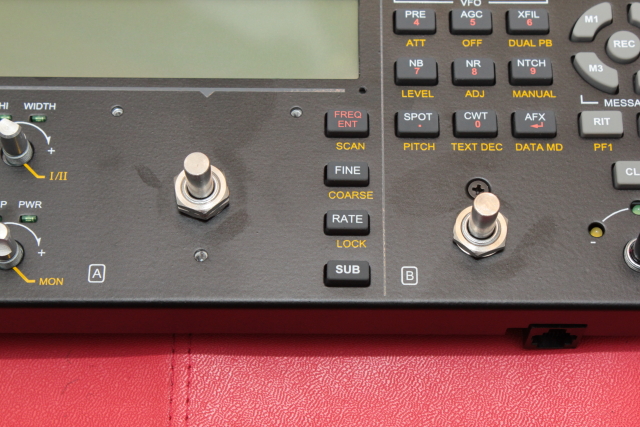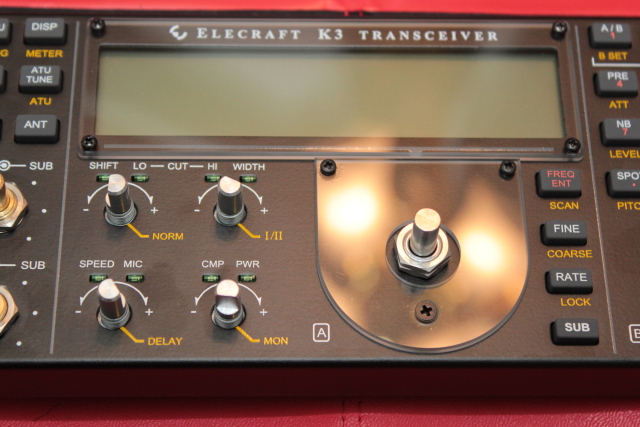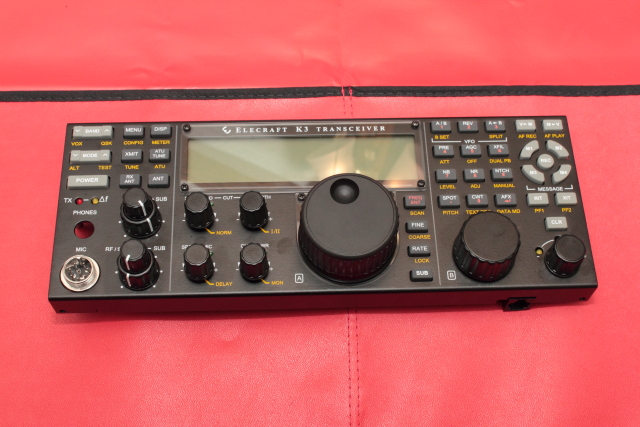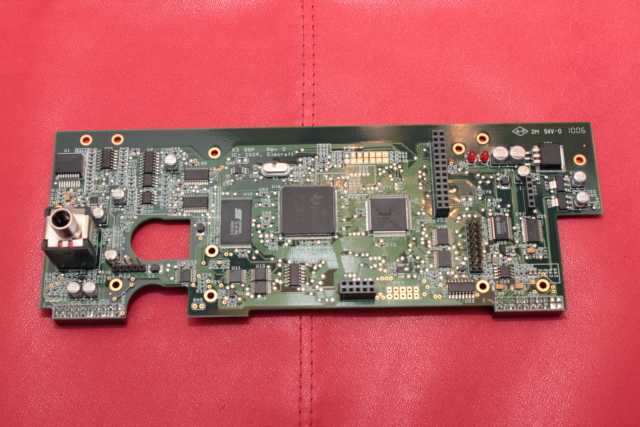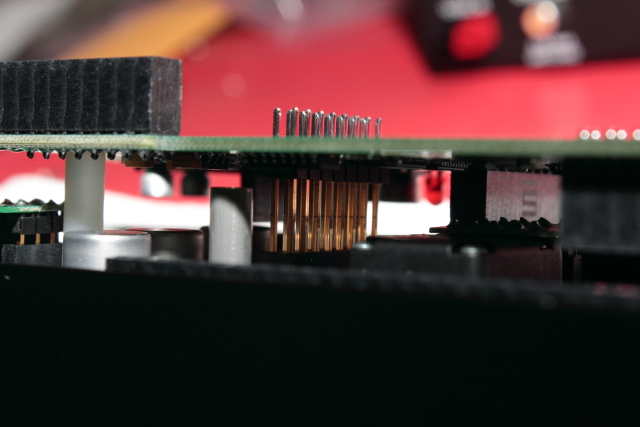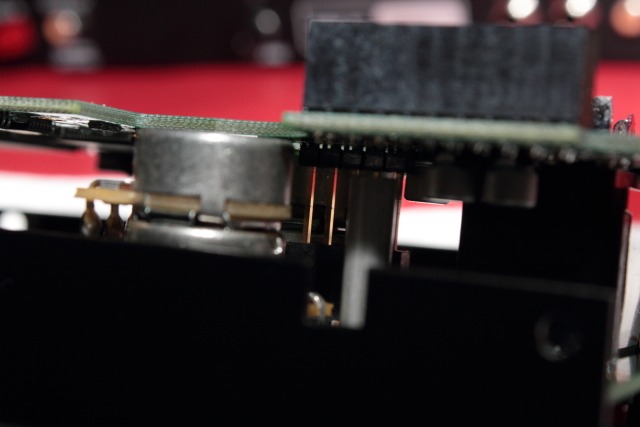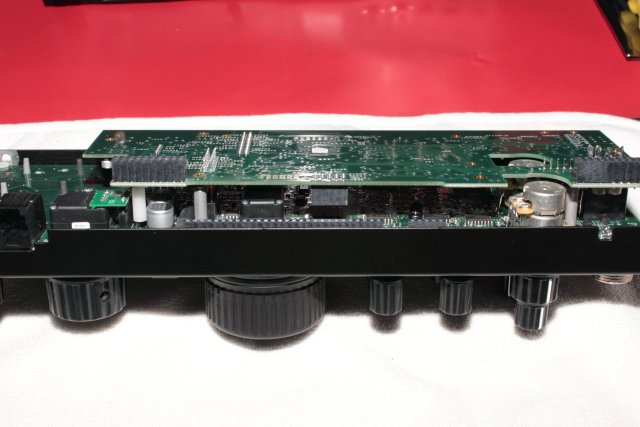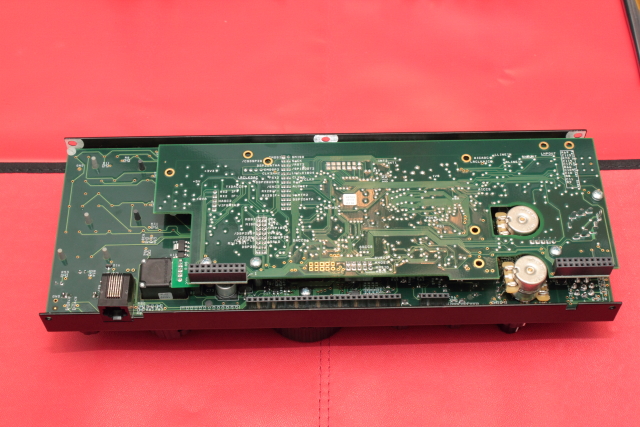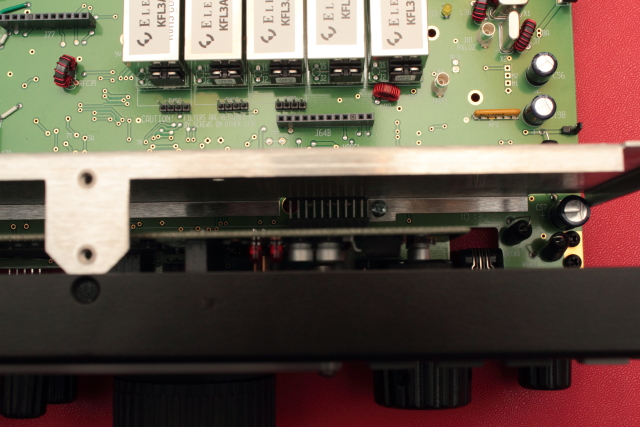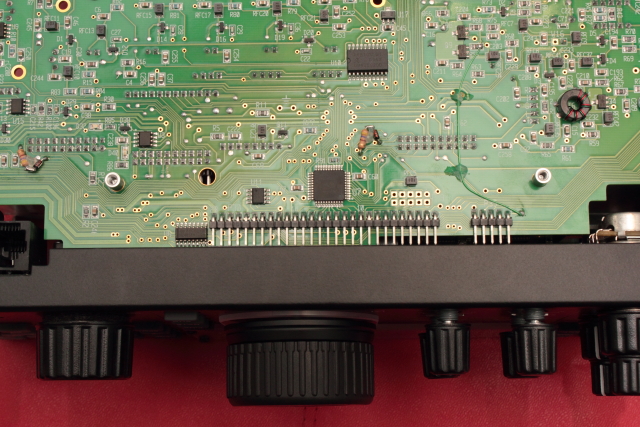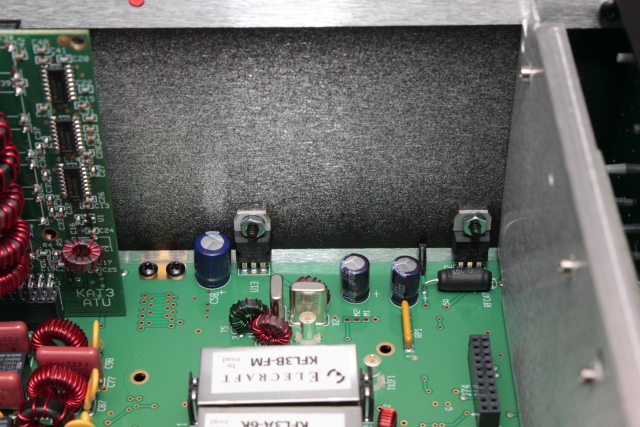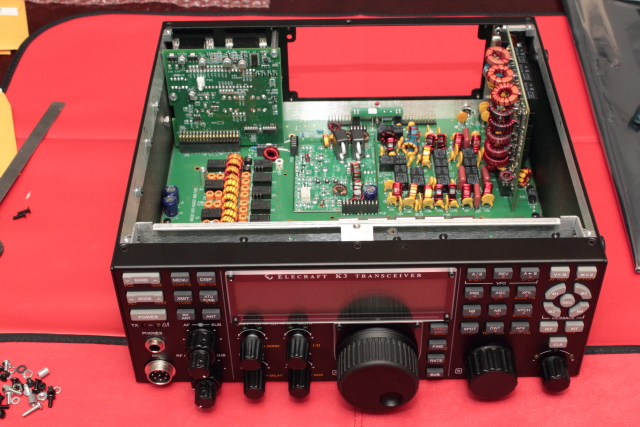I received my Elecraft K3/100 and started the build process this weekend. As I go, I'm taking pictures of the major steps so everyone can follow along with me. Anyone who has also completed this project is welcome to join in and comment. Tips are appreciated!
Enjoy and participate in the project with me!
I first opened the shipping box and set out all of the smaller included boxes. Everything I ordered is in here:
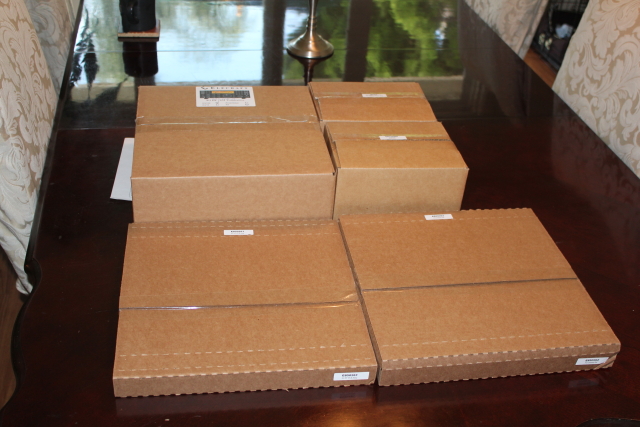
Unpacking the boxes to reveal the contents inside:
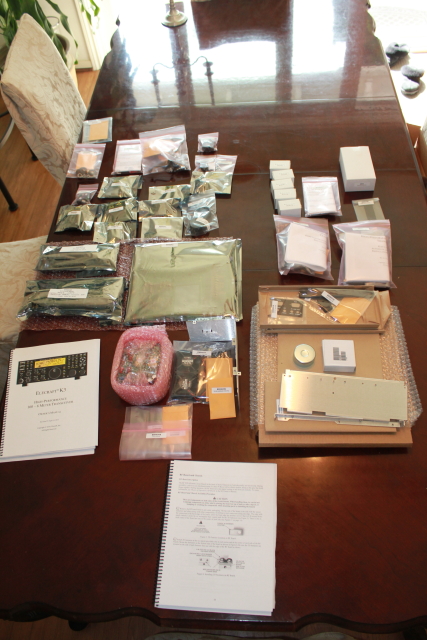
Here is the main RF board where the K3 will be built up from:
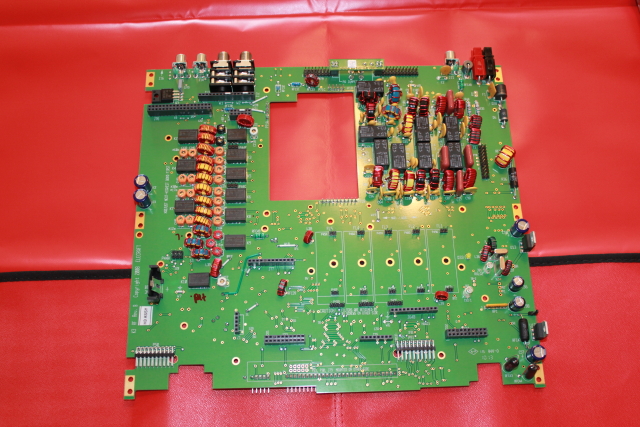
Mounting hardware installed on the board and all of the filters I purchased populated. You install the filters in order of bandwidth from right to left, with the right side staring with the widest.
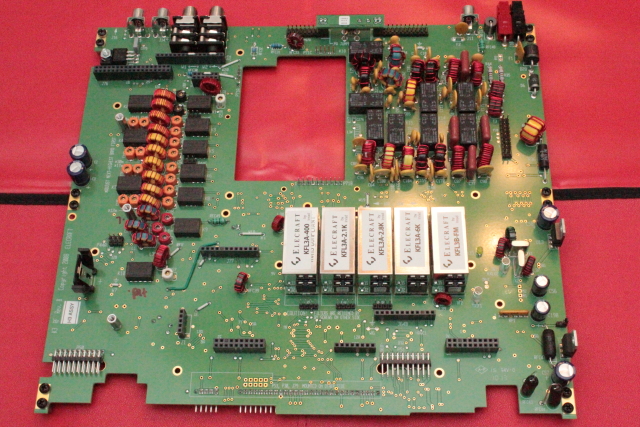
Low Power Amplifier mounted where the hole in the board was. Note the 3 connecting blocks on the top, bottom, and left side of the board.
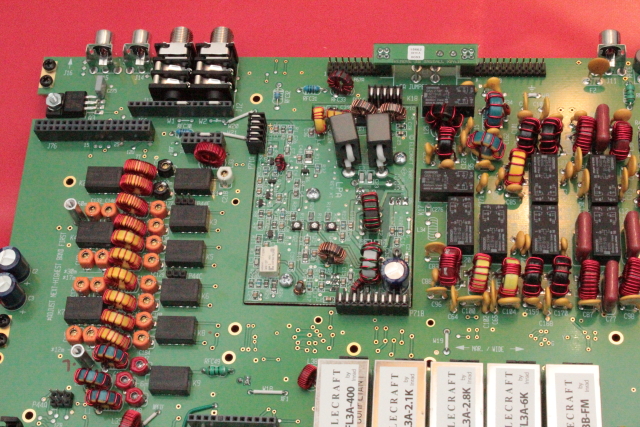
Front panel shield and mixer board mounted:
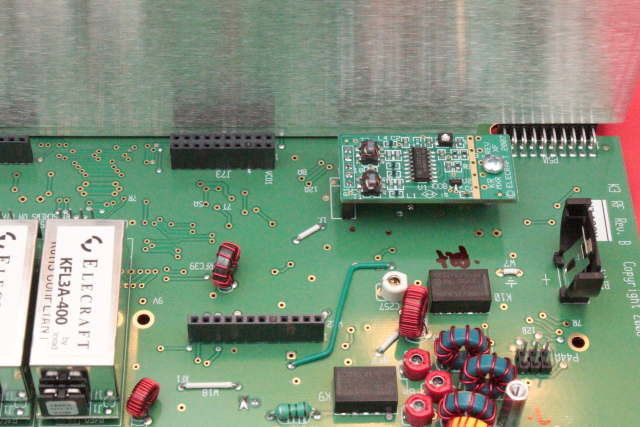
Left panel mounted. The screw holes at top are where the 2 meter module would go if I had ordered it.
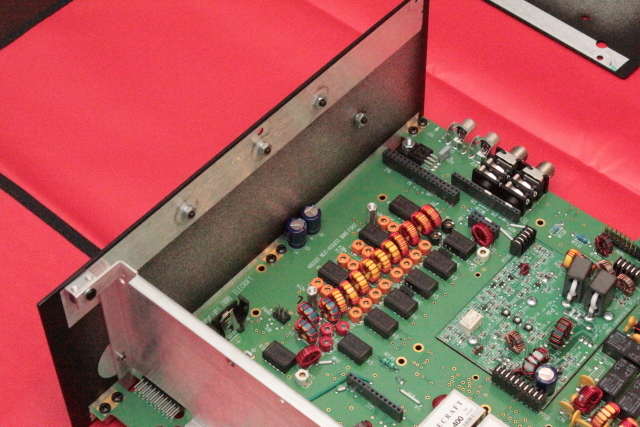
Installing the SO-239 connectors on the rear panel. Note the plugs already attached to the end of the coax.
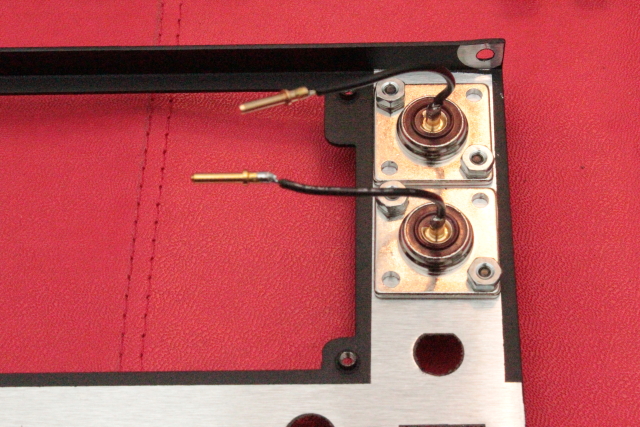
Preparing the right panel. In this step you also mount the rubber feet which you can see poking through the big holes. These are pretty difficult to get in. The manual says to use a little soap to help you get the rubber foot through the chassis, but I found that a little water soluble "personal lubricant" worked better hmy:.
hmy:.
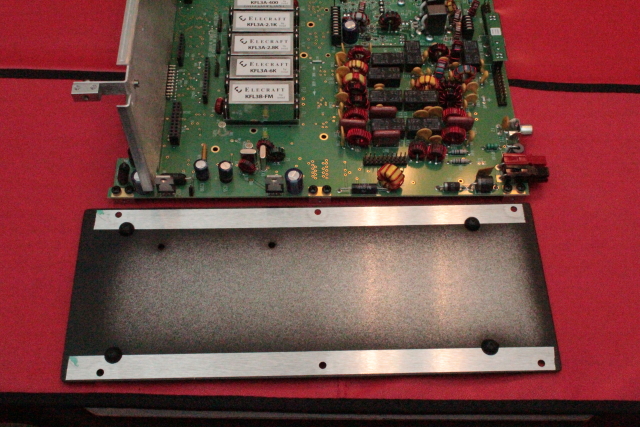
Mounting the optional antenna tuner. Here is the relay side of the board:
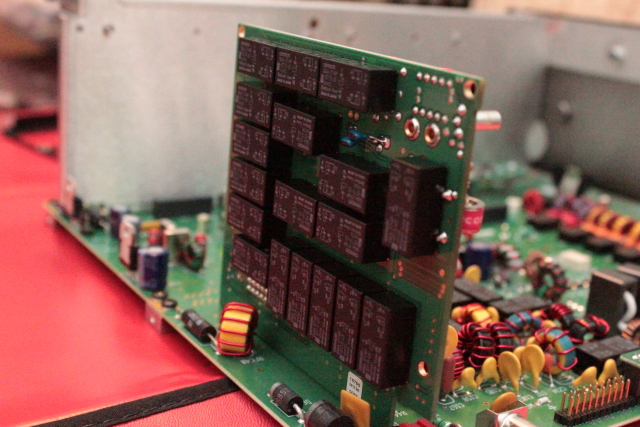
And here is the capacitor and inductor side of the tuner board:
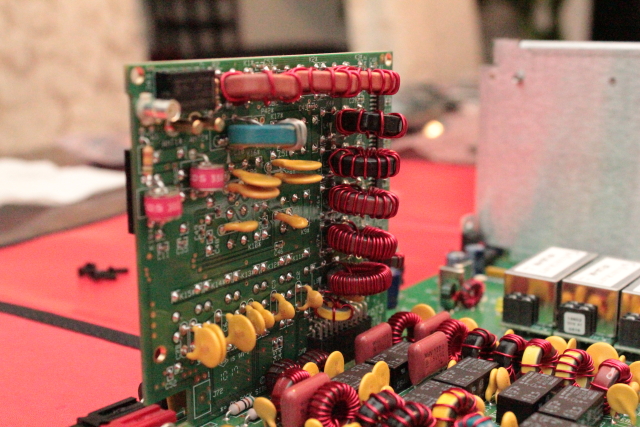
The back panel is now mounted:
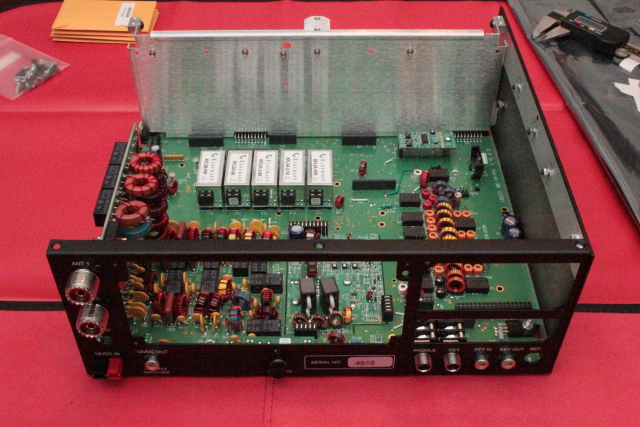
Plug the antenna wires into the jacks on the tuner board:
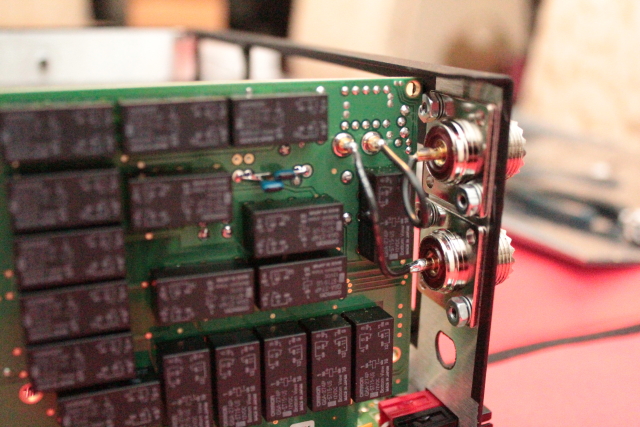
The right panel is now mounted and the main chassis is essential assembled:
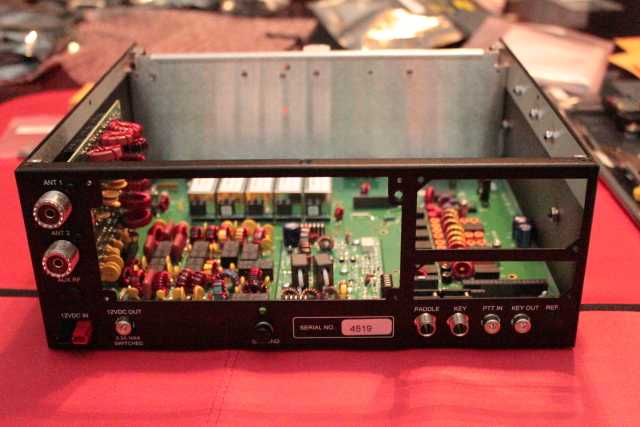
Enjoy and participate in the project with me!
I first opened the shipping box and set out all of the smaller included boxes. Everything I ordered is in here:

Unpacking the boxes to reveal the contents inside:

Here is the main RF board where the K3 will be built up from:

Mounting hardware installed on the board and all of the filters I purchased populated. You install the filters in order of bandwidth from right to left, with the right side staring with the widest.

Low Power Amplifier mounted where the hole in the board was. Note the 3 connecting blocks on the top, bottom, and left side of the board.

Front panel shield and mixer board mounted:

Left panel mounted. The screw holes at top are where the 2 meter module would go if I had ordered it.

Installing the SO-239 connectors on the rear panel. Note the plugs already attached to the end of the coax.

Preparing the right panel. In this step you also mount the rubber feet which you can see poking through the big holes. These are pretty difficult to get in. The manual says to use a little soap to help you get the rubber foot through the chassis, but I found that a little water soluble "personal lubricant" worked better

Mounting the optional antenna tuner. Here is the relay side of the board:

And here is the capacitor and inductor side of the tuner board:

The back panel is now mounted:

Plug the antenna wires into the jacks on the tuner board:

The right panel is now mounted and the main chassis is essential assembled:


